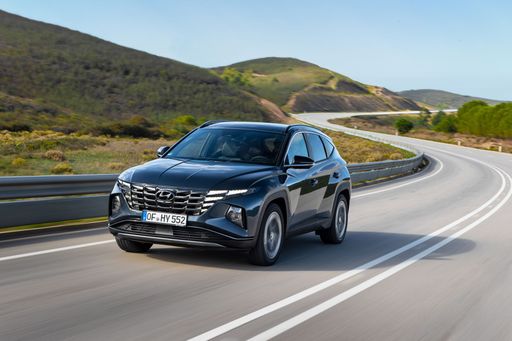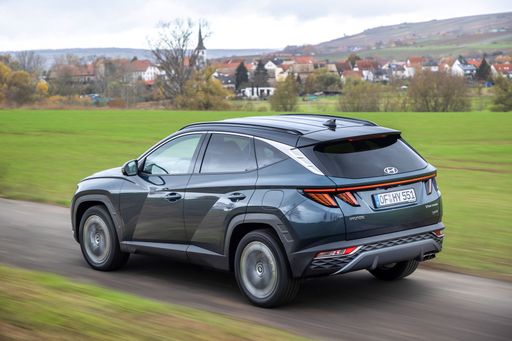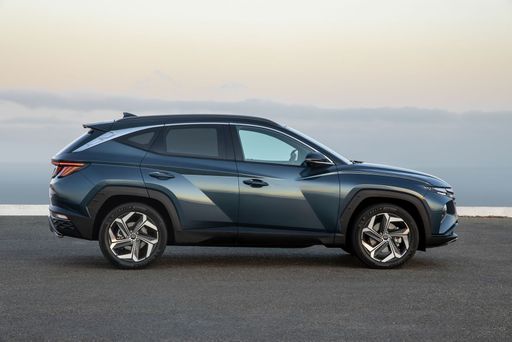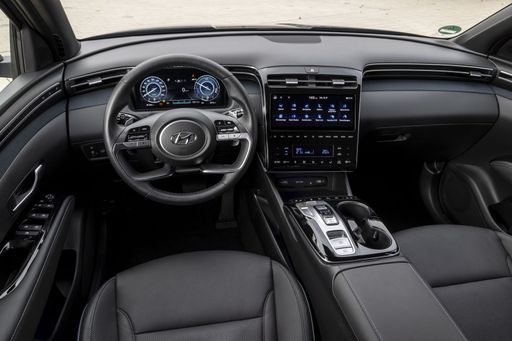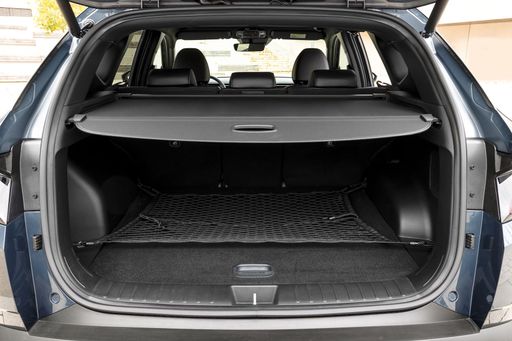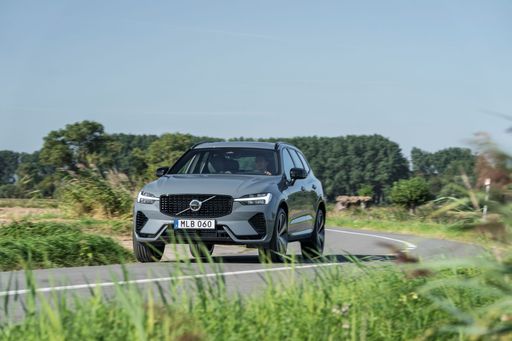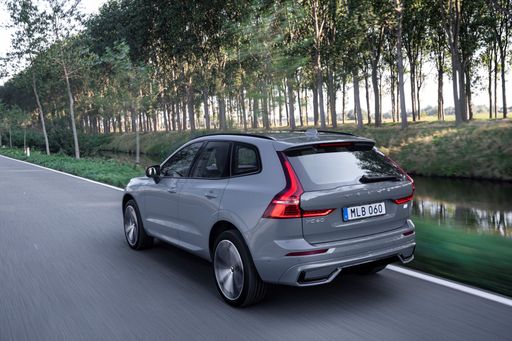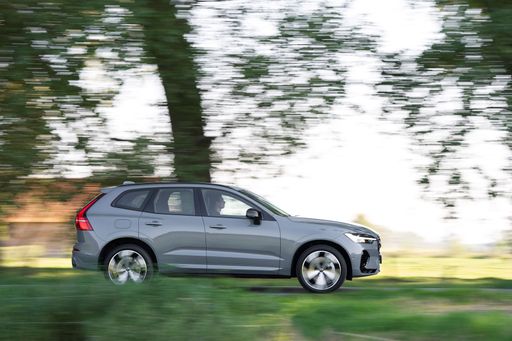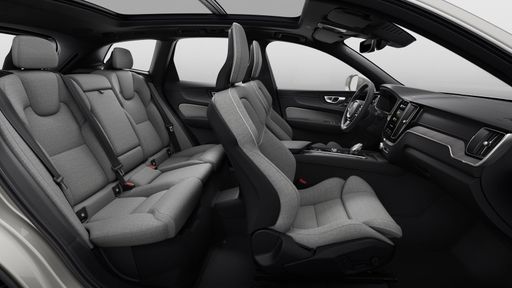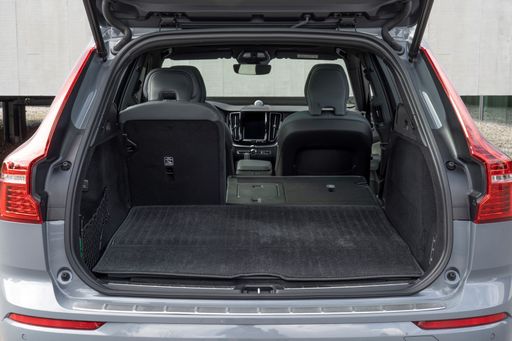A Clash of Titans: Hyundai Tucson vs. Volvo XC60
When it comes to compact SUVs, the Hyundai Tucson and Volvo XC60 stand out in a crowded field. With their distinctive designs, advanced technologies, and varying price points, each offers a unique blend of features appealing to diverse audiences. In this article, we’ll delve into a detailed comparison of these two popular models, focusing on performance, comfort, technology, and innovation.

